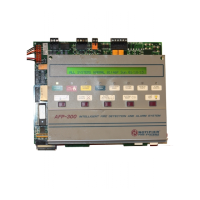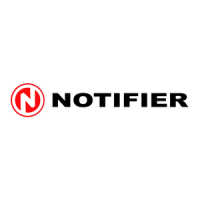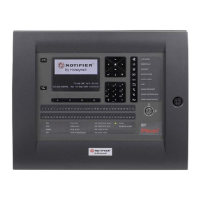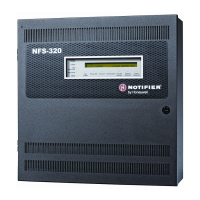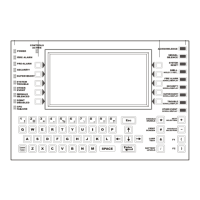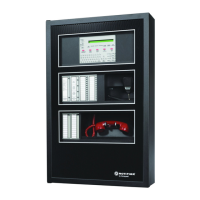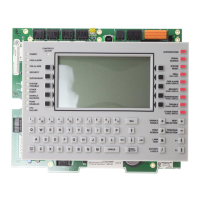Appendix
106 AFP-2800/2802 Manual – P/N 11249 11-Mar-08
8
8
.
.
6
6
.
.
5
5
D
D
R
R
I
I
F
F
T
T
C
C
O
O
M
M
P
P
E
E
N
N
S
S
A
A
T
T
I
I
O
O
N
N
Drift compensation uses algorithms that identify and compensate for long term changes in the Analog readings
from each smoke detector. (Typically, dirt and dust accumulation inside the smoke chamber causes long-term
changes in detector readings.) Drift compensation does the following:
• Allows a detector to retain its original ability to detect actual smoke, and resist false alarms, even as dirt
and dust accumulates.
• Reduces maintenance requirements by allowing the control panel to automatically perform the periodic
sensitivity measurements.
The software also provides smoothing filters to remove transient noise signals, usually caused by electrical
interference. Different smoothing algorithms are used, depending on the sensitivity selection of each detector.
The software determines when the drift compensation for a detector reaches an unacceptable level that can
compromise detector performance. When a detector reaches an unacceptable level, the control panel indicates a
maintenance warning. The table below summarizes the three levels of Intelligent Sensing maintenance warnings:
Detector Compensation
Percentage Range
Detector Fault
Message
Indicates
Ion Photo Laser
N/A Compensation is within recommended range. 6 - 80 6 - 45 3 - 50
LOW THRESHOLD A hardware problem in the detector. 0 - 5 0 - 5 0 - 2
MAINTENANCE REQ Dust accumulation that is near but below the
allowed limit. The Maintenance Required is
an alert level that indicates the need for
maintenance before the performance of the
detector is compromised.
92 - 99 92 - 99 83 - 99
MAINT.URGENT Dust accumulation above the allowed limit. 100 100 100
A drift compensation value above the recommended range indicates that the detector should be cleaned for
optimum performance.
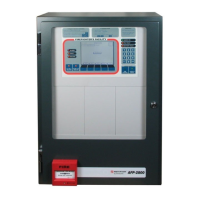
